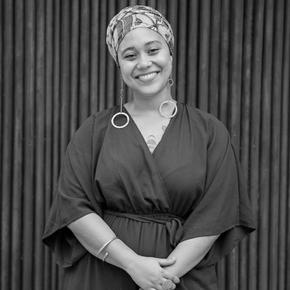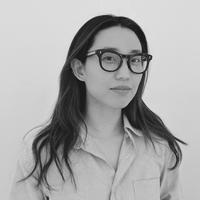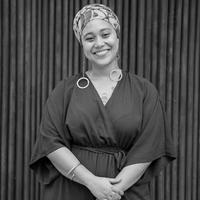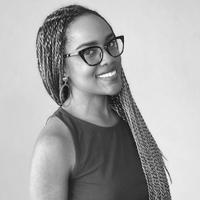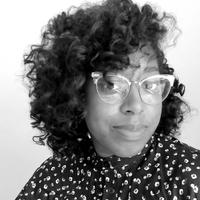Even by design
It is assumed that designers can always get the information they need from users in order to build something that meaningfully solves a problem they face. In Linda’s experience as a designer primarily working with underserved communities, that has never worked. She believes people can discover exactly what they need to improve their lives, and that it's the designer's job to bring them into the design process and create experiences to facilitate this discovery for them. By shifting power from designers to users, we start to correct for designers' biases and blindspots, especially if they don't have lived experience with the issue they are trying to solve. By doing so, we also start to change to the design process to be more equitable, inclusive, and reflective of diverse voices.
In this session, we’ll hear stories about imbalances with the design process and how they affected outcomes, reflect on moments of discomfort we have had with our power as designers, and explore tools(both personal and team based) we can start implementing in our work to correct for our biases/blindspots and start shifting power to users.
Shifting team culture
A look at how teams shift from a culture of “my ideas” to “our ideas,” and why bringing more people into the design process moves the work forward.
Wednesday, April 21st

Kriss Chaumont

Ethan Byun
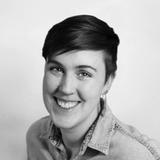
Natalie Kuehn
Uniting for cross-platform storytelling: Elections at NBC News
Collaborative creativity
Thinking through your thinking: Designing the VITAL Ventilator with NASA's Jet Propulsion Laboratory
Design bitcoin for everyone
Even by design
From relay to road trip: eliminating ego and fostering cross-discipline collaboration
Everything is not fine (and that's okay)
Thursday, April 22nd
Confessions of a flawed designer

Neby Teklu

